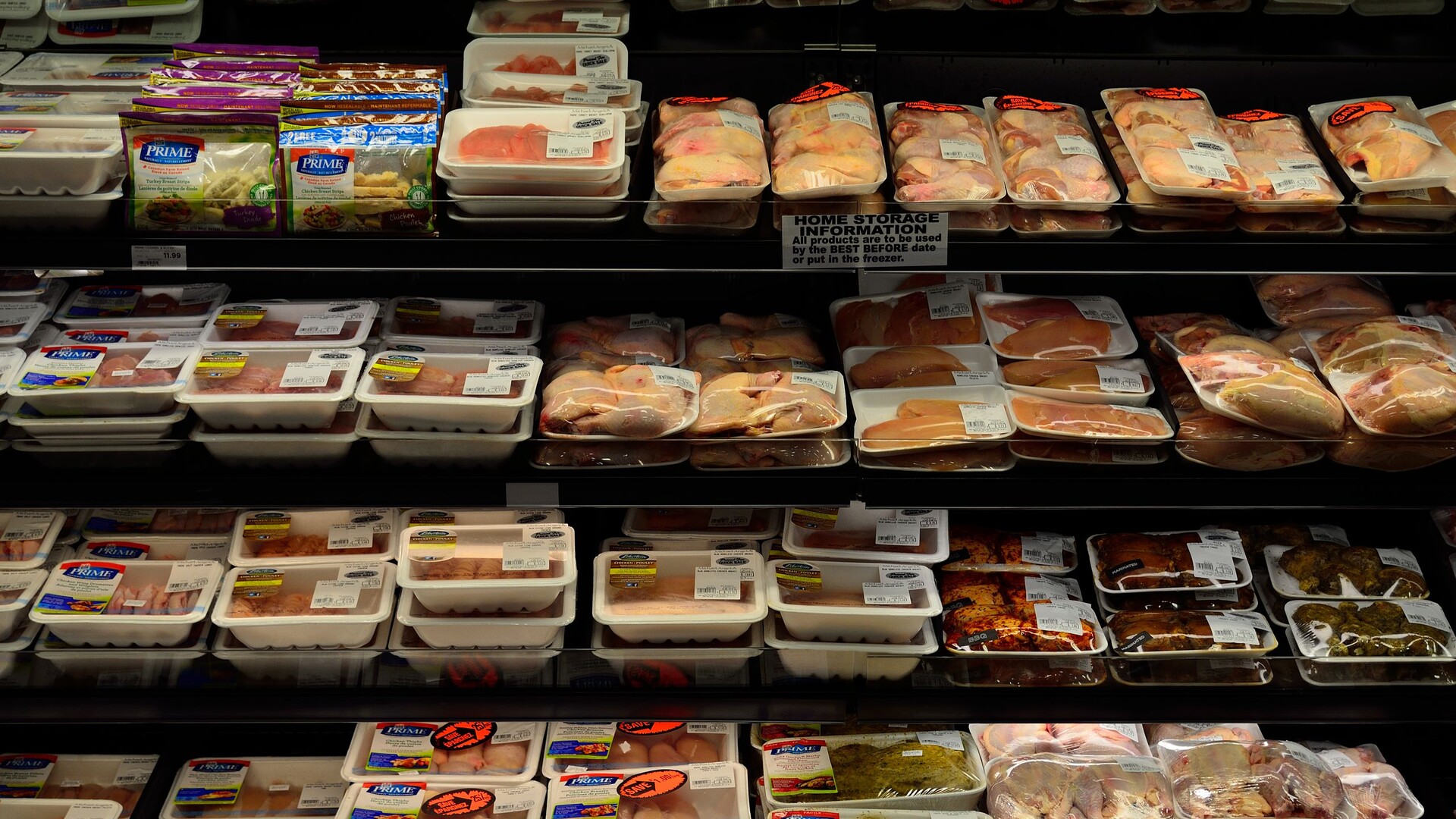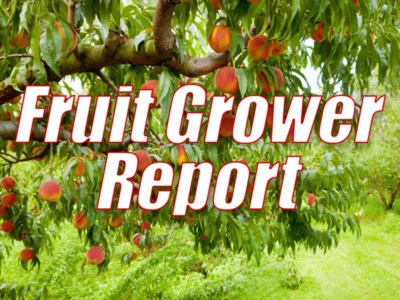Lab-Grown Meat and its Carbon Footprint
With your Southeast Regional Ag News, I am Haylie Shipp. This is the Ag Information Network.Fire up that grill over the weekend? Was your protein the real deal or something else? In today’s program we’re talking about the lab-grown version and, please know, we’re adding the quotations around that “meat” as work is still being done to identify the naming.
At any rate, a new report suggests lab-grown “meat” may have a larger carbon footprint. Researchers at the University of California-Davis found that lab-grown or "cultivated" meat's environmental impact is likely to be "orders of magnitude" higher than retail beef.
One of the current challenges with lab-grown meat is the use of highly refined or purified growth media, the ingredients needed to help animal cells multiply. The study found that the global warming potential of lab-based meat using these purified media is four to 25 times greater than the average for retail beef.
The most efficient beef production systems reviewed in the study outperformed cultured meat across all scenarios, suggesting investments to advance more climate-friendly beef production may yield greater reductions in emissions more quickly than investments in cultured meat.

















